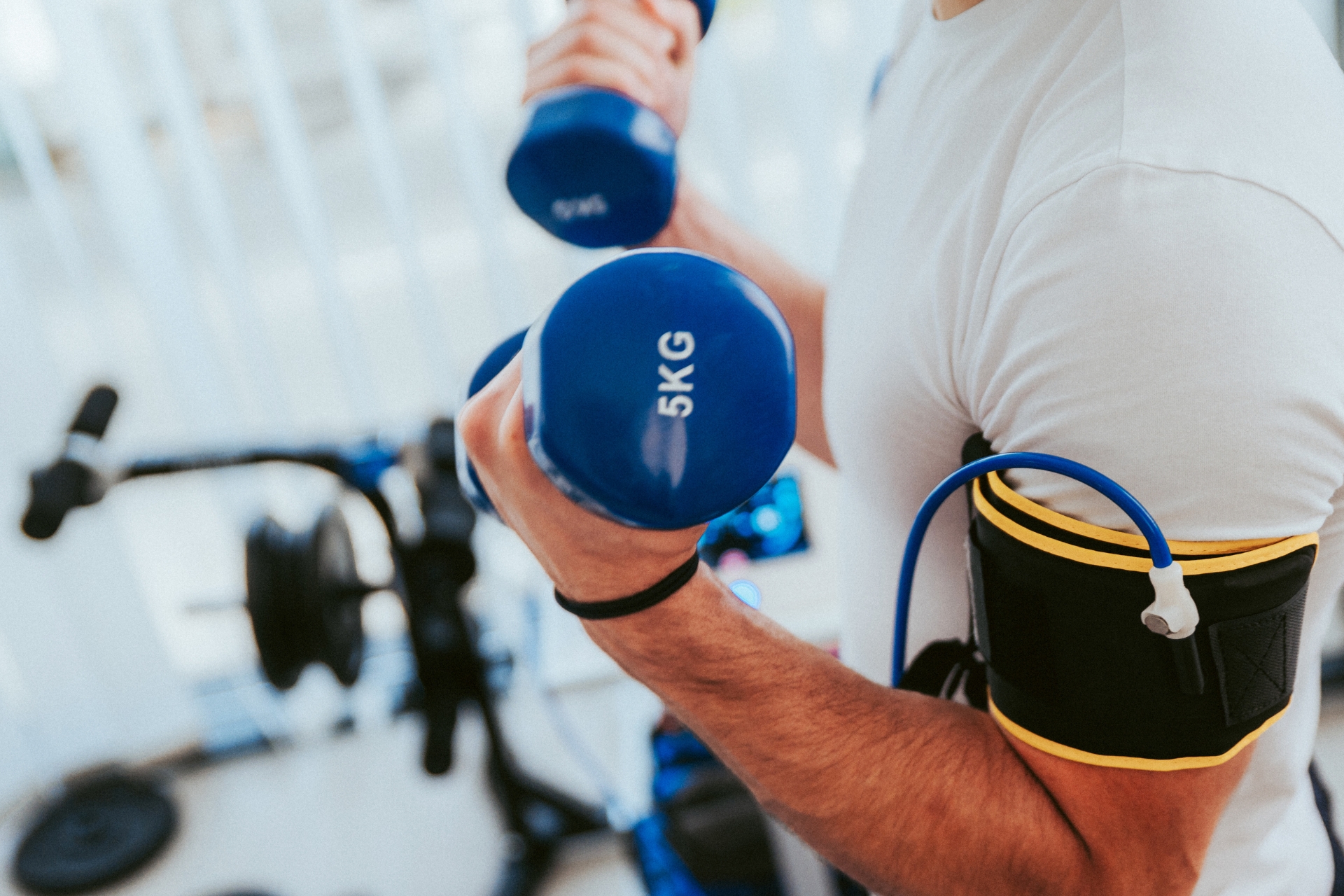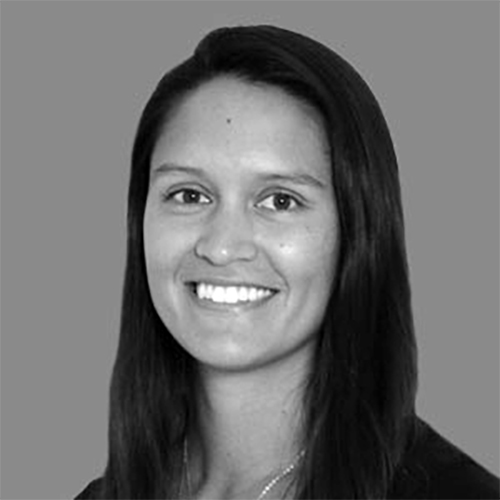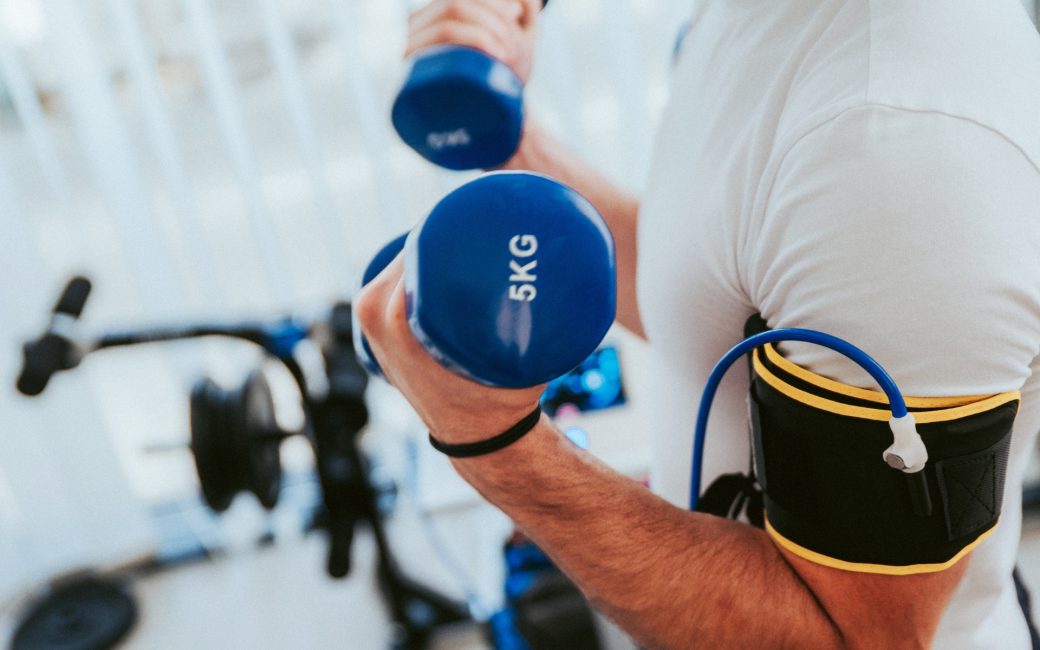The vital role of physical therapy after regenerative medicine procedures: exploring the benefits of blood flow restrictive therapy
Regenerative medicine procedures have revolutionized the field of healthcare, offering innovative treatments for various conditions. While these procedures hold tremendous potential for tissue repair and regeneration, it is important to understand the critical role of physical therapy in optimizing outcomes and facilitating a successful recovery.
July 5, 2023 | Ashley Moriarty, PT, DPT, OCS

Regenerative medicine procedures have revolutionized the field of healthcare, offering innovative treatments for various conditions. While these procedures hold tremendous potential for tissue repair and regeneration, it is important to understand the critical role of physical therapy in optimizing outcomes and facilitating a successful recovery. In recent years, emerging research has highlighted the benefits of incorporating blood flow restrictive therapy into the aftercare following regenerative medicine procedures. In this article, as a physical therapist, I will emphasize the importance of physical therapy after regenerative medicine procedures and shed light on the evidence supporting blood flow restrictive therapy.
The significance of physical therapy after regenerative medicine procedures:
Physical therapy plays a vital role in maximizing the benefits of regenerative medicine procedures. These procedures, such as stem cell therapy and platelet-rich plasma (PRP) treatments, aim to promote tissue healing and regeneration. However, without proper rehabilitation, the potential benefits may not be fully realized. Physical therapy helps optimize the healing process, prevent complications, and enhance overall function and mobility. In addition, a comprehensive physical therapy evaluation will help to identify the root cause of tissue breakdown in the first place. Mobility restrictions, muscle imbalances, and poor neuromuscular control all can lead to poor movement patterns which result in excessive stress to certain structures. It is these structures that break down and may require regenerative medicine procedures. However, without addressing the source of the problem these treatments may only lead to transient relief. When combined with physical therapy, a lasting outcome and full resolution is more likely.
Evidence supporting blood flow restrictive therapy:
One particular physical therapy technique that has gained attention in the realm of regenerative medicine aftercare is blood flow restrictive therapy (BFRT). BFRT, also known as occlusion training or KAATSU training, involves the use of specialized cuffs or bands to partially restrict blood flow to a specific limb or muscle group during exercise.
Research studies have demonstrated the benefits of incorporating BFR into the rehabilitation process after regenerative medicine procedures. A study published in the Journal of Orthopaedic & Sports Physical Therapy in 2019 revealed that BFR, combined with traditional rehabilitation exercises, led to significant improvements in muscle strength and function after ACL reconstruction surgery, a common regenerative procedure. The study reported greater quadriceps muscle size, improved knee function, and reduced muscle atrophy compared to traditional rehabilitation alone. Furthermore, a systematic review published in the Journal of Science and Medicine in Sport in 2020 examined the effects of BFR on muscle strength, hypertrophy, and endurance. The review included studies on both healthy individuals and patients with musculoskeletal injuries. The findings suggested that BFR, when properly implemented, can enhance muscle strength, size, and endurance even at lower exercise intensities, making it a valuable tool in the post-regenerative procedure rehabilitation process.
The benefits of BFRT can be attributed to the unique physiological response it elicits. Partial blood flow restriction during exercise creates a hypoxic environment, triggering metabolic and hormonal responses that promote muscle hypertrophy, increased capillarization, and improved muscle fiber recruitment. A study in the Journal of Applied Physiology also found that circulating hematopoietic stem/progenitor cells (HSPC) were increased following BFR compared with control, which may enhance outcomes after regenerative medicine procedures.
Incorporating blood flow restrictive therapy into aftercare:
To incorporate BFR into the aftercare following regenerative medicine procedures, it is crucial to work with a qualified physical therapist who is experienced in this specialized technique. They will assess your condition, develop an individualized rehabilitation plan, and guide you through the appropriate exercises while monitoring your progress and ensuring safety. It is important to note that BFR should only be performed under the guidance of a trained professional, as improper use or excessive pressure can lead to complications. The appropriate pressure and exercise intensity will be determined based on your unique circumstances, ensuring optimal benefits without compromising your safety.
Physical therapy is an indispensable component of the aftercare process following regenerative medicine procedures. It helps maximize the benefits of these treatments, promoting tissue healing, and restoring function. Incorporating blood flow restrictive therapy into the rehabilitation process has shown promising results in optimizing muscle strength, hypertrophy, and endurance. Preliminary evidence indicates BFR leads to enhanced stem cell migration which may enhance outcomes after regenerative medicine procedures. As always, it is crucial to consult with a qualified physical therapist who can develop a tailored rehabilitation plan to ensure a safe and successful recovery.

Ashley Moriarty
Ashley Moriarty, PT, DPT, OCS, is a board certified orthopedic clinical specialist who is certified in dry needling and pre- and post-natal fitness. She has a passion for helping people move better and stay active, especially new moms.
